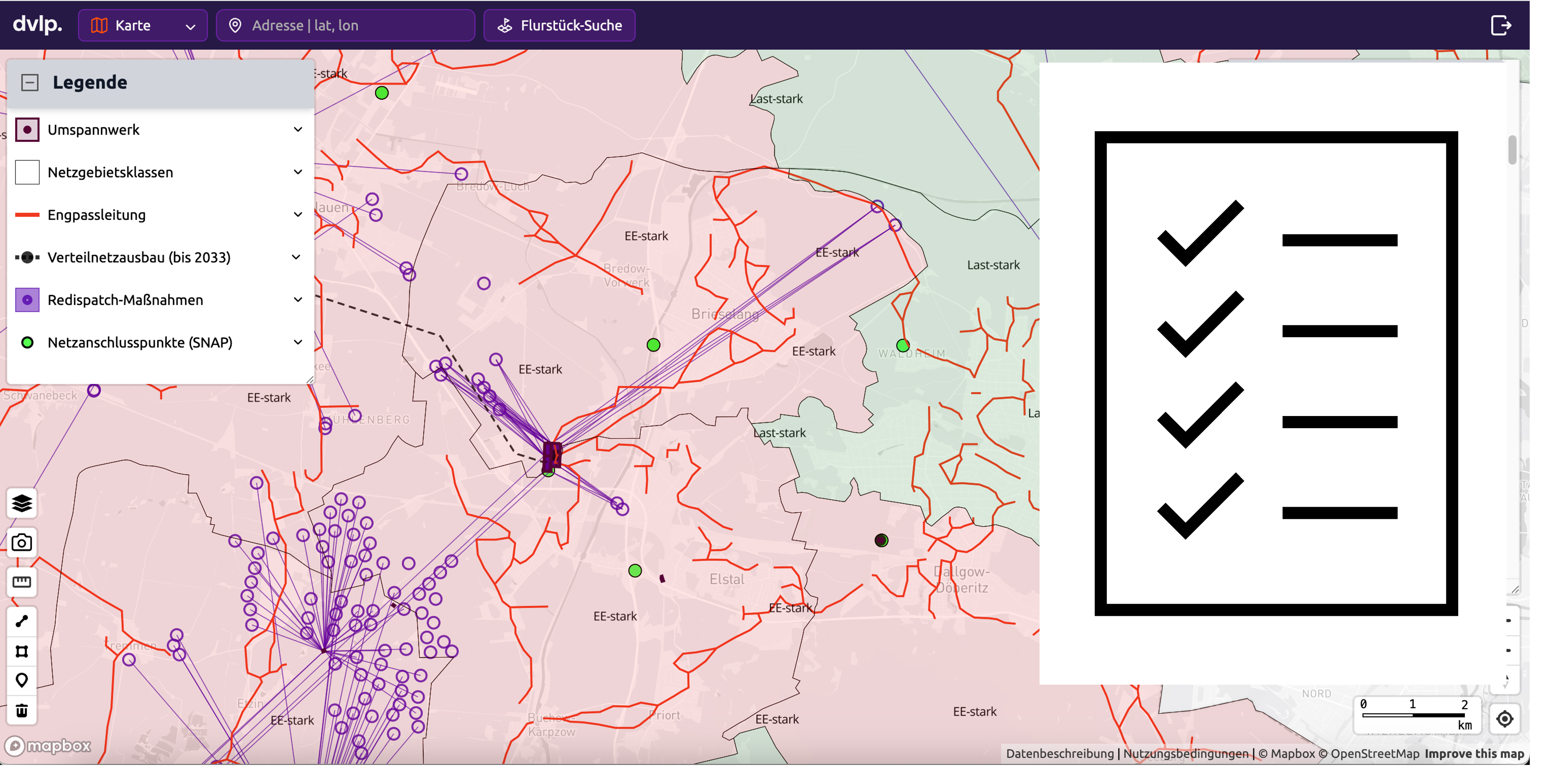GLÖZ II backdrop
According to the Renewable Energy Sources Act (EEG), funding for solar parks is excluded if they are built on drained peatland (see Section 37 EEG paragraph 1 no. 2). Funding can only be possible in certain exceptional cases, for example if the bog area is rewetted with the construction of the solar systems (see Section 37 (1) No. 2 letter e).

Solar parks on peatlands — EEG funding excluded
According to the Renewable Energy Sources Act (EEG), funding for solar parks is excluded if they are built on drained peatland (see Section 37 EEG paragraph 1 no. 2). Funding can only be possible in certain exceptional cases, for example if the bog area is rewetted with the construction of the solar systems (see Section 37 (1) No. 2 letter e).
Existing data sets on moor scenery
However, the term “moor soil” is not directly defined in the Renewable Energy Sources Act (EEG). However, there are a variety of data sets on peatlands and carbon-rich soils in Germany; from specialist maps of individual federal states to nationwide overviews. One example of this is a backdrop from the Thünen Institute, which divides soils into low moor, high moor, peatland, deep break soils as well as flat and heavily covered bog soils. The “Aggregated Map of Organic Soils”, which the Greifswald Moor Center created in 2021 and provides with corresponding geodata, should also be mentioned. And of course, the countries' geoportals also contain cartographic information on soil types, carbon stocks and peatland thickness.
But which backdrop is now relevant for the development of energy projects?
The Glöz II backdrop
The EEG refers to the requirements of the European Union's Common Agricultural Policy (CAP). The “Standards for Good Agricultural and Ecological Condition of Land” (GLÖZ) formulate various requirements for the management of agricultural land. There are a total of nine GLÖZ standards, which are set out in the CAP Conditionalities Regulation (GapKonDV).
GLÖZ II regulates the protection of moor and wetlands (§§ 11—13 GapKonDV). However, the specific drafting of these standards is not uniform at federal level. In order to implement the requirements, all federal states are required to designate appropriate regional scenery, which determine which areas are considered bog or wetlands.
This Glöz-II backdrop is of crucial importance for project developers. This is because, within the meaning of the EEG, areas that lie within this backdrop are generally regarded as bog soil and are therefore excluded from EEG funding unless re-wetting takes place.
The dvlp web GIS contains exactly this Glöz II backdrop. This allows users to prevent unpleasant surprises and specifically check whether an area is eligible for funding according to the EEG or not.



